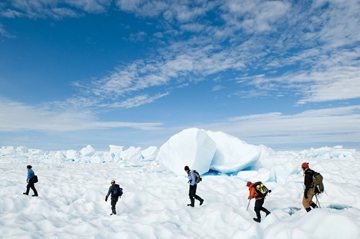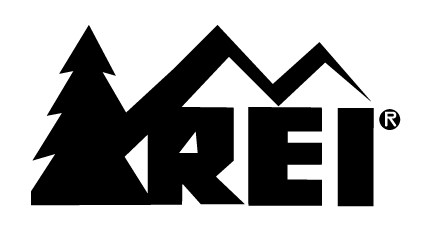Snow Shoeing

• Snowshoes help you move around on snow-covered ground without sinking. Choosing the right snowshoe for your planned activity saves you effort, time and wet feet.
• Aluminum frame snowshoes come in several sizes, usually 8”x25”, 9”x30” and 10”x36”. Composite material showshoes come in one size, usually 8”x22” but with the option of adding 4”-8” tails.
• Get the smallest size that will support your weight for the snow conditions you will be in. They will be easier to maneuver. Your weight, including equipment is called the “recommended load” or “carrying capacity”.
• Snowshoes attach to your boots with bindings that are usually a platform and nylon straps that go over the foot and around the heel.
• There are two types of bindings: rotation (or floating) and fixed. Rotating bindings pivot at the foot where they attach, under the balls of your feet. This allows you to walk naturally and to climb hills. Fixed bindings are connected with heavy duty rubber or neoprene and don’t picot as much. The snowshoe tails come up with each step making it easier to step over obstacles or back up.
• Snowshoes feature traction devices that help grip the snow. These traction devices are tooth-like crampons or cleats. Recreational snowshoes should provide a moderate amount of traction and backcountry snowshoes will usually have more aggressive crampons for steep, icy conditions.
